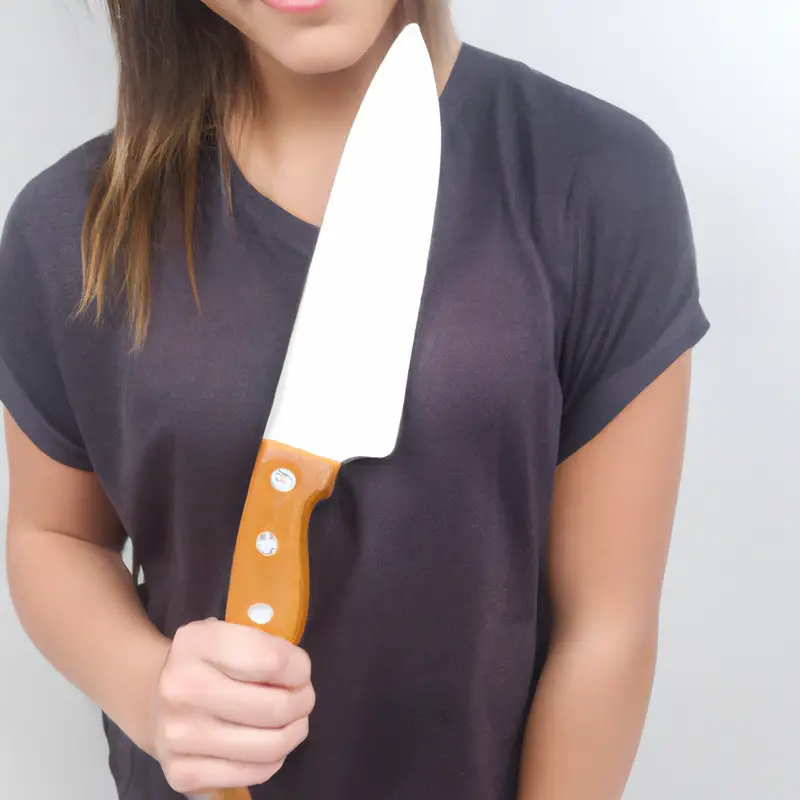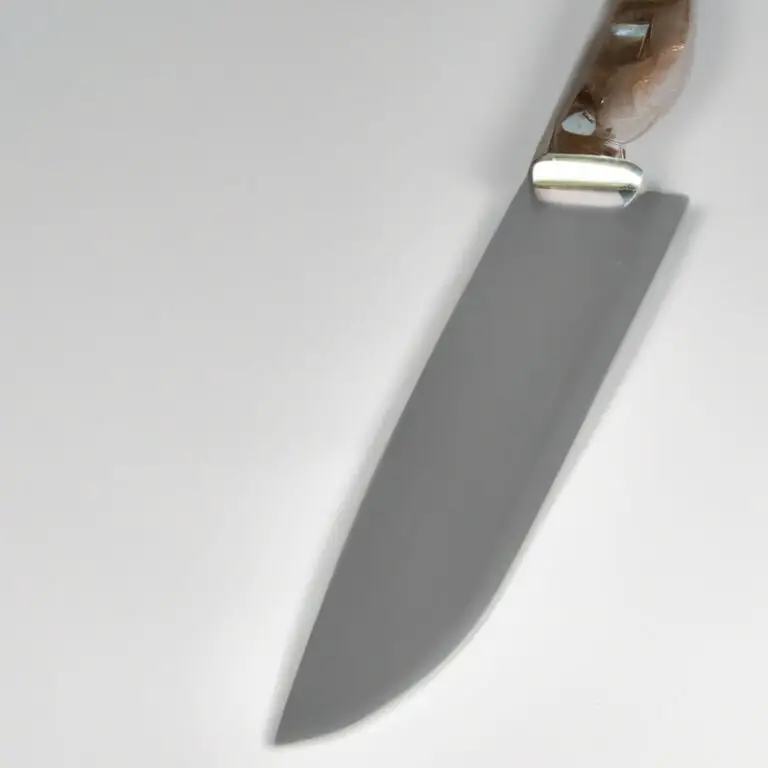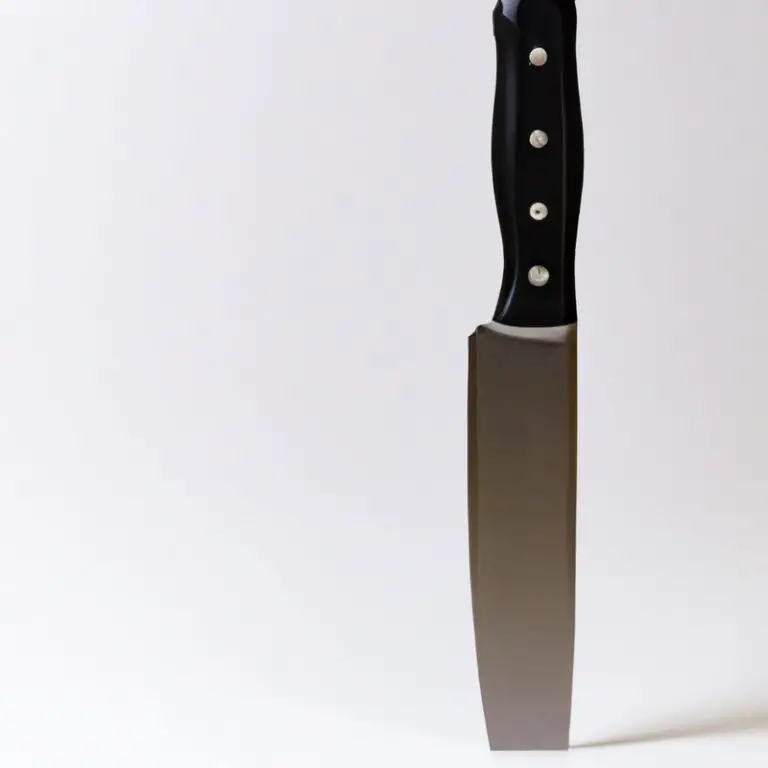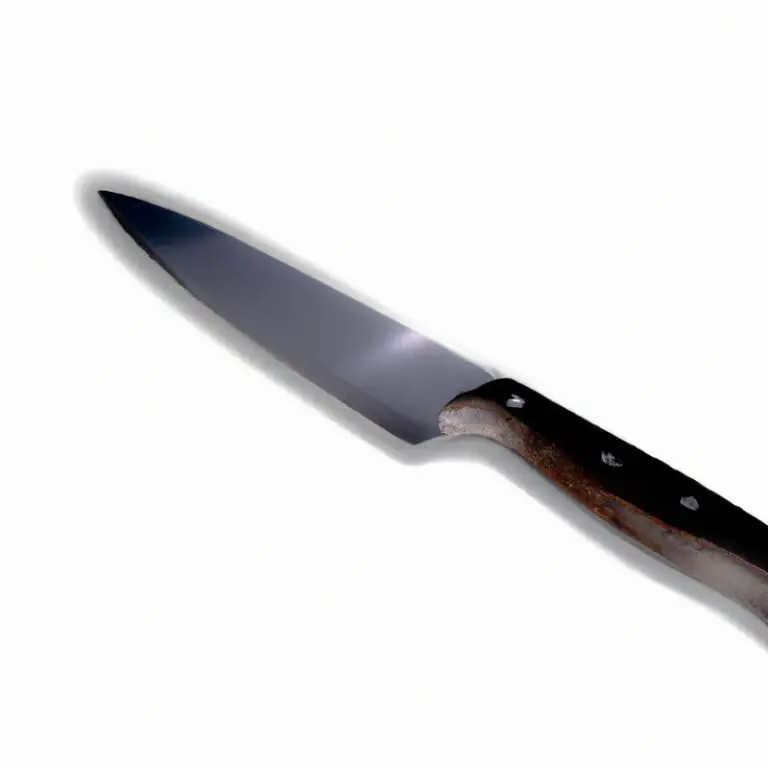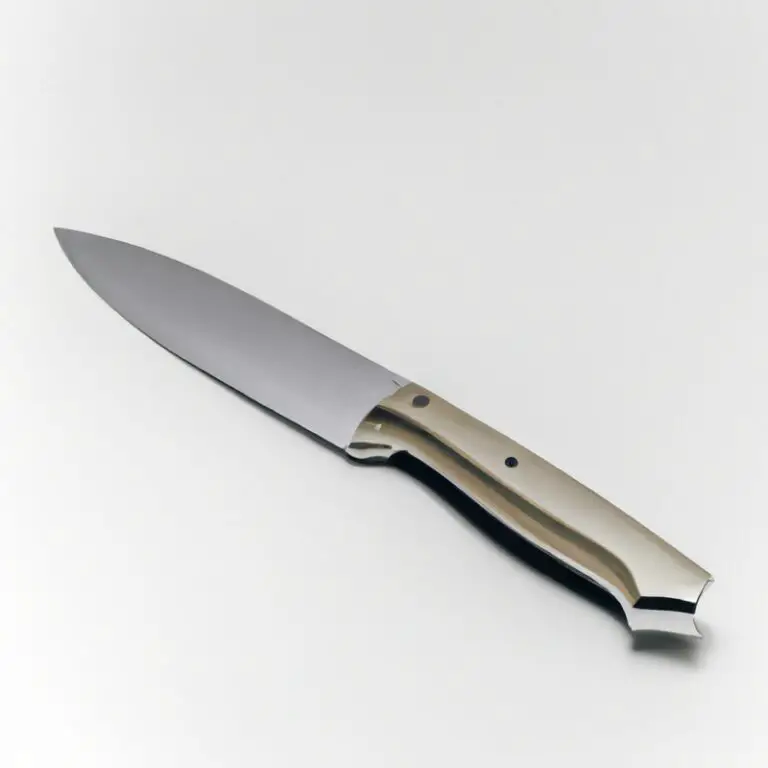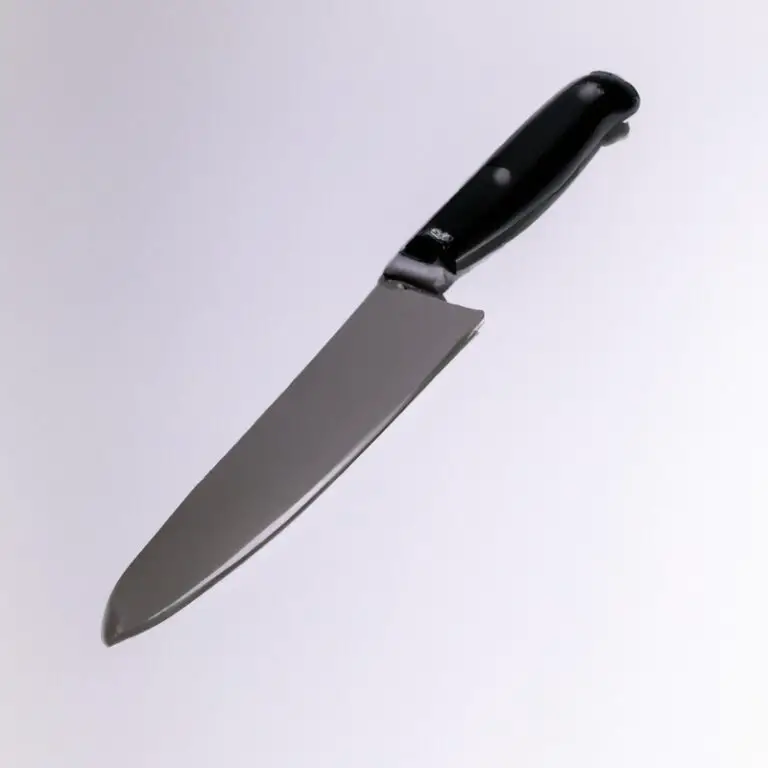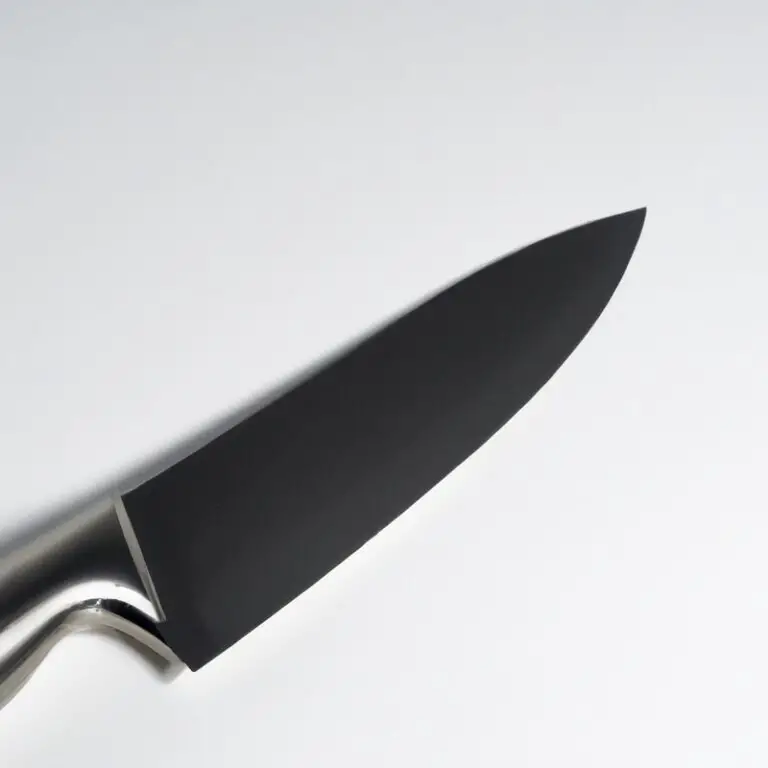How Is a Cleaver Different From a Chef Knife?
Key Takeaways:
- A cleaver is wider and heavier than a chef knife, making it ideal for chopping through bones and tough meat.
- Chef knives have a curved blade for rocking back and forth, while cleavers have a straight edge for a more direct chopping motion.
- Cleavers can be used for tasks beyond chopping, such as crushing garlic or cracking open coconuts.
- Understanding the differences between cleavers and chef knives is essential for choosing the right tool for the job in the kitchen.
When it comes to kitchen knives, the cleaver and chef knife are two of the most commonly used. But how are they different?
As a culinary expert, I’ve spent countless hours training with both types of knives, and I’m excited to share that knowledge with you.
In this article, we’ll explore the anatomy of a cleaver and how it differs from a chef knife. You’ll also discover the unique benefits of using a cleaver in the kitchen, plus tips and techniques to master the art of chopping with one.
Whether you’re a seasoned pro or a home cook, understanding the differences between these knives can take your cooking skills to new heights.
| Aspect | Cleaver | Chef Knife |
|---|---|---|
| Blade Shape | Rectangular or squarish shape, with a straight or slightly curved edge | Long and pointed, with a curved edge |
| Primary Use | Breaking down meat and bones, chopping vegetables | Slicing, dicing, mincing, and trimming meats, fruits, and vegetables |
| Weight | Heavier and thicker | Lighter and thinner |
| Handle | Straight and often made of wood | Ergonomic and may be made of a range of materials, such as wood, plastic, or stainless steel |
| Safety | Safer to use because of the thickness of the blade and the straight handle | Requires careful handling because of the pointed tip and curved blade |
Anatomy of a cleaver: Understanding the unique features and composition that set a cleaver apart from a chef knife
A cleaver has a unique anatomy that distinguishes it from a chef knife. A cleaver typically features a large, heavy blade that is wider and thicker than a chef knife.
The thick spine and weight of the blade make it suitable for heavy-duty tasks like breaking down poultry and meat.
Additionally, the blade of a cleaver is almost straight, granting it a flatter cutting surface that can chop through thick bones with ease. Cleavers typically have a full tang that extends through the handle, providing balance and durability, as well as slip-resistant handles for safety during use.
Overall, the composition and design of a cleaver make it an ideal tool for chopping and hacking through meat and bone, while a chef knife is better suited for slicing, dicing, and other precision cutting tasks.
The versatility of a cleaver in the kitchen: How the design of a cleaver makes it suitable for a range of tasks beyond just chopping meat
The design of a cleaver makes it a versatile tool in the kitchen, suitable for more than just chopping meat. The broad, flat surface of the blade can be used for crushing garlic, ginger, and other herbs, while the sharp edge can be used to slice through vegetables and fruits.
The weight of the cleaver allows for easy chopping, and the flat side of the blade can also be used as a makeshift spatula to transfer food from the cutting board to the pan.
Additionally, the thick spine of the cleaver can be used to crack open coconut shells, lobsters, and other hard objects. Its versatility and durability make a cleaver a valuable addition to any kitchen.
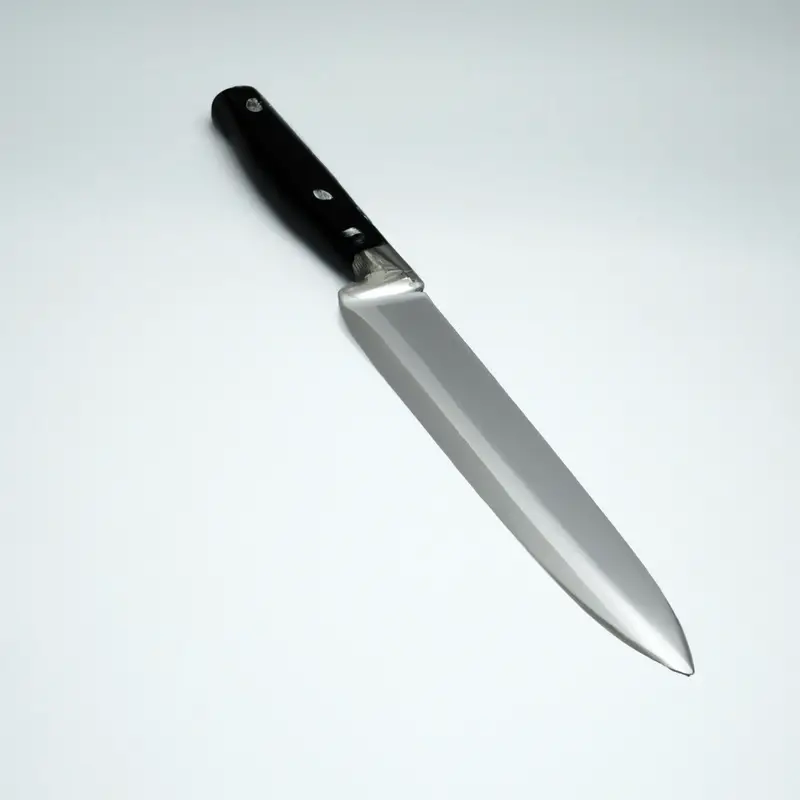
The art of chopping with a cleaver: Tips and techniques for using a cleaver effectively and efficiently
Using a cleaver effectively requires practice and technique. Here are some tips to help hone your skills:
- Use the weight of the cleaver: Don’t put too much force into your chop. Let the weight of the knife do the work for you.
- Adopt the correct stance: Stand with your feet shoulder-width apart and the knife at a 45-degree angle to the surface you’re cutting on.
- Keep your fingers safe: Curl your fingertips under and hold the food with your knuckles to avoid cutting yourself.
- Use a consistent motion: Develop a steady rhythm when chopping and slicing to ensure even cuts.
- Consider using a wooden cutting board: A softer surface is easier on your cleaver and helps protect its edge.
- Cut through meat at the right angle: For tough cuts, position the blade at a 90-degree angle to the bone and use a firm motion to cut through it.
With these tips in mind, practicing with a cleaver can be a rewarding experience that can take your culinary skills to the next level.
Understanding the different types of chef knives: Breaking down the various types of knives available in the market and their specific uses
Kitchen knives come in different types and sizes depending on their specific use. Here are some of the common types of chef knives available on the market and their uses:
- Chef’s Knife: This is the most versatile knife in the kitchen and is used for chopping, dicing, mincing, and slicing.
- Paring Knife: Paring knives are small and handy, and ideal for delicate tasks such as peeling fruits and vegetables.
- Santoku Knife: This knife is commonly used in Japanese cuisine for precision cutting, chopping, and slicing.
- Bread Knife: As the name suggests, this knife is used for slicing bread, loaves, and rolls.
- Fillet Knife: It has a flexible and narrow blade that helps in removing bones and skin from fish.
- Serrated Utility Knife: This knife is similar to a bread knife but is smaller in size and ideal for slicing fruits and vegetables with a waxy outer layer.
Each knife has its own specific use, and it’s essential to choose the right one depending on the task at hand. When selecting a knife, consider the size of the blade, its sharpness, and the type of food you will be working with.
Knowing the different types of knives available will help you in choosing the right tool for a specific job, and ultimately, improve your culinary skills.
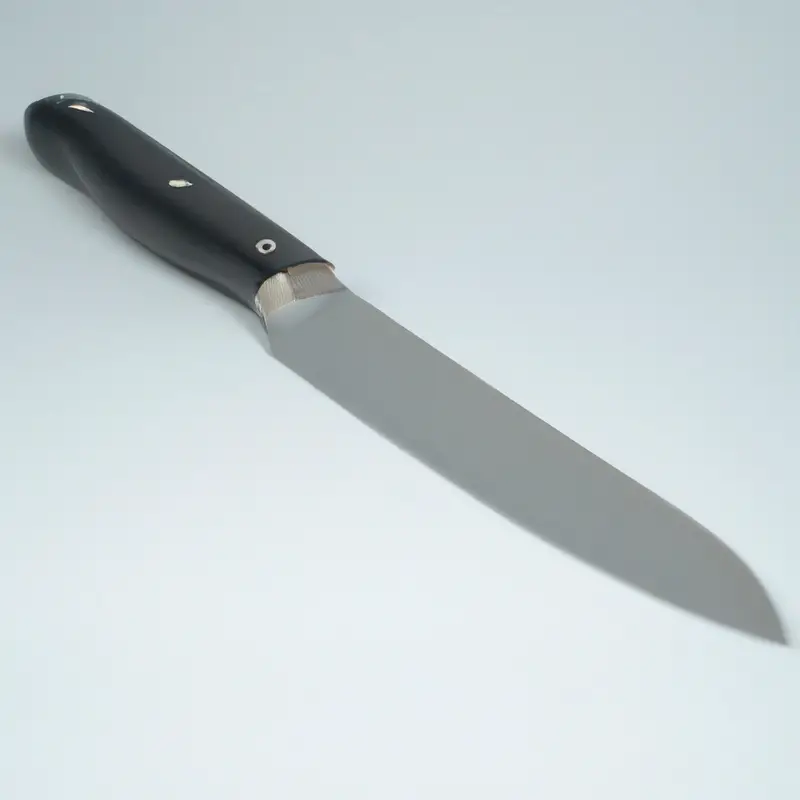
Why a chef knife complements a cleaver: The benefits of using both knives in tandem to enhance your cooking
Using a combination of a chef knife and a cleaver can significantly enhance your cooking experience. Both knives are specifically designed to handle different tasks, and together they provide a comprehensive arsenal for all your cooking needs.
While a cleaver is best suited for heavy-duty tasks like cutting through bones and chopping tougher meats, a chef knife excels in slicing and dicing delicate ingredients like fruits and vegetables.
Furthermore, a chef knife’s tapered blade allows for more precise cuts, making it great for intricate tasks like deboning fish or trimming fat off meat. On the other hand, a cleaver’s sturdy and wide blade facilitates maximum force and weight, making it ideal for crushing garlic, ginger, and nuts quickly.
By using a combination of the two knives, you can perform any cutting task with ease, making your cooking more efficient and enjoyable.
However, it’s essential to choose the right tool for the right job, so it’s crucial to know when to use a cleaver versus a chef knife based on the task at hand. Overall, having both a chef knife and a cleaver in your kitchen can offer a more comprehensive and versatile approach to your cooking, making it easier to handle multiple ingredients and tasks efficiently.
Choosing the right knife for the job: When to use a cleaver versus a chef knife based on the task at hand
Choosing the right knife for the job is crucial for efficient and precise cutting in the kitchen. When it comes to deciding whether to use a cleaver or a chef knife, consider the task at hand.
Use a cleaver for heavy-duty tasks such as breaking down large cuts of meat, chopping bones, or crushing garlic.
Its weight and thicker blade make it suitable for these types of jobs. Use a chef knife for more delicate tasks such as chopping vegetables, slicing meat, or mincing herbs.
Its thinner blade and pointed tip provide greater control and precision for these finer cuts.
It’s important to note that both knives can be used for a range of tasks, but using the appropriate knife for each job will not only make the task easier but also produce better results. When selecting a knife, consider the size and weight of the blade that will be comfortable for you to handle.
A heavier knife may work for some but not for others.
Lastly, a good knife should feel comfortable and balanced in your hand, and it’s always worth investing in a quality knife that will last you a long time with proper care.
The history of cleavers: Tracing the origins and evolution of this unique knife and how it has become a staple in many kitchens
The history of cleavers dates back to prehistoric times when early humans used jagged rocks to cleave meat and other materials. Cleavers have been found in archaeological digs from Ancient Egypt, Europe, and Asia, where they were used for butchering and chopping.
Over time, the design of the cleaver evolved to meet the needs of specific cultures and cuisines.
For example, the Chinese developed the chopper, a variation of the cleaver with a thinner, curved blade that is ideal for slicing and chopping vegetables. In the west, the cleaver became a versatile tool for butchers, who used it to break down large cuts of meat.
Cleavers also gained popularity in home kitchens due to their durability, versatility, and affordability.
Today, cleavers are used in a variety of culinary traditions and are found in many kitchens worldwide. Modern cleaver design has seen improvements such as lighter weight, ergonomic handles, and different styles of blades.
Understanding the roots of the cleaver helps chefs appreciate this unique and essential tool in their kitchen, and how it has become a staple of many cuisine styles worldwide.
Modern innovations in cleaver design: Exploring the latest trends in cleaver design and how they are changing the game for chefs and home cooks alike
Modern innovations in cleaver design are rapidly changing the way both chefs and home cooks approach their work in the kitchen. Cleavers are no longer seen as solely a heavy-duty meat cutter, but as a multifunctional tool with improved efficiency and usability.
One latest trend is the use of modern materials such as high carbon stainless steel along with ergonomic handles for better grip and added comfort during use.
Additionally, many contemporary cleavers now feature thinner blades, allowing for greater precision and control when cutting vegetables or meat. Another popular innovation is the introduction of different blade shapes and sizes to suit different needs and preferences.
Overall, these advancements have made cleavers an indispensable tool for anyone looking to take their cooking skills to the next level.
Caring for your cleaver: Essential maintenance tips to prolong the lifespan of your knife and ensure it stays in top condition
To keep your cleaver in top condition and extend its lifespan, it is essential to follow a few maintenance tips. The following are some essential tips to help keep your cleaver in great condition:
- Clean your cleaver after every use: Rinse the blade with warm water and dish soap and use a soft sponge to gently wipe the blade. Dry the blade immediately to prevent rust and staining.
- Sharpen your cleaver regularly: A sharp blade makes cutting easier and also reduces the risk of injury. Use a sharpening stone or honing rod to sharpen your cleaver blade to maintain its sharp edge.
- Store your cleaver properly: Avoid placing your cleaver in a drawer with other kitchen tools that can damage the blade. Instead, store it in a knife block or magnetic strip.
- Oil your cleaver: Rubbing a small amount of oil on the blade of your cleaver will help to protect it from rusting and staining.
By following these simple maintenance tips, you will be able to keep your cleaver in top condition, prolong its lifespan and prevent unnecessary expenses on replacements.
Final Verdict
Understanding the anatomy and unique features of a cleaver can be essential in selecting the right knife for a given kitchen task. With its versatility and chopping power, a cleaver can set itself apart from a traditional chef knife, making it a valuable addition to any kitchen.
By utilizing the tips and techniques discussed in this article, you can ensure that your cleaver is used effectively and efficiently.
Furthermore, selecting the right knife for the job can make food preparation much more manageable in the kitchen, which is where the difference between a cleaver and chef knife comes into play. In embracing the history and evolution of cleavers, we can gain a more profound appreciation for this distinctive knife’s utility and importance in various cultural cuisines.
With proper care, a well-maintained cleaver can serve you for a lifetime cooking skills.
Remember, your kitchen knife is an extension of your hands and most essential kitchen tool. So, choosing a knife that fits your needs and comfort can make a significant difference.
With these insights, you can develop your culinary skills, gain more confidence in the kitchen, and make your cooking experience much more enjoyable.

